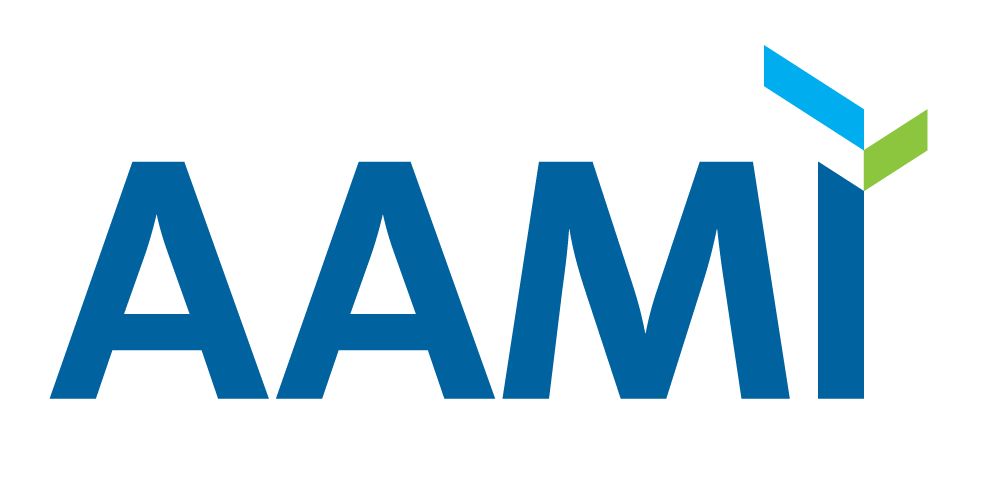2011 Medical Device Alarms Summit
The Medical Device Alarms Summit in 2011 was an unprecedented, groundbreaking event. Framed by expert presentations, summit participants spent two days bringing questions, comments, suggestions, frustrations, and opinions about the intersection between alarm challenges and patient safety to the floor. As a community with a shared interest in patient safety, participants left the event ready to take ownership of the issues and solve the problems.
Clinical Alarms, the summit report, synthesized the discussions and laid out seven clarion themes, which served as the call to action.
Summit participants also identified actionable priority issues for each clarion theme. Taken together, the many aspects of alarm system hazards provided a comprehensive picture of the systemic challenge. Once the work of the initiative started, the list of priorities that follows was refined into a multidisciplinary action plan.
Seven Clarion Themes
- Deepen all stakeholders' understanding of use environments.
- Improve alarm system management.
- Innovate to improve alarm system integrations.
- Reconcile challenges and difference in use environments.
- Strengthen medical electrical equipment standards and contracting language to promote success in all intended use environments.
- Clarify regulatory requirements.
- Share illuminating practices and lessons learned with all stakeholders.
31 Priority Issues
Deepen all stakeholders' understanding of use environments.
1. A lack of documentation and data to analyze reported events and "Near misses," understand root problems, or support changes.
2. A lack of evidence-based rationale for the configurations of alarm settings
3. Insufficient
attention to human factors and usability issues
4. Technology drives healthcare processes
Improve alarm system management.
5. Determining which alarm conditions require action
6. Understanding the connections between “alarm fatigue” and patient outcomes
7. Understanding the connections between remote distributed alarm
systems and “alarm fatigue”
8. Identifying “False positive alarm conditions” and clinically insignificant true positive alarm conditions
9. Delivering the right alarm condition with the right
alarm signals to the right operator(s)
10. Customizing alarm limits to individual patients
Innovate to improve alarm system integration.
11. Evaluating and addressing multiple parameters simultaneously
12. Exchanging and synthesizing data from proprietary alarm systems and different medical equipment
13. Determining the source of an alarm condition—and whether an alarm
condition is indicating a “false positive” alarm condition
14. Lacking clarity about who is responsible for integrating alarm conditions
Reconcile challenges and differences in use environments.
15. Strengthening core competencies in alarm system use and response
16. Reducing unnecessary alarm system malfunctions
Strengthen medical electrical equipment standards and contracting language to promote success in all intended use environments.
17. Contradictions between general and particular medical electrical equipment standards
18. Inconsistent naming of alarm conditions
19. Inability to integrate alarm condition data from different alarm systems
20. Inadequate user participation
in standards development
21. Lack of user understanding of implications of “alarms off” or other alarm signal inactivation states
22. Lack of guidance on optimizing alarm limits and other default alarm settings
Clarify regulatory requirements.
23. Industry concerns about making changes to alarm systems because they might not be cleared or approved
24. Industry confusion about FDA requirements for “valid evidence” of alarm system safety and effectiveness
25. Secondary (remote
notification) alarm systems used for notification
Share illuminating practices and lessons learning with all stakeholders.
26. Insufficient awareness of and attention to issues with alarm systems
27. Inadequate consideration and coordination of all facets of alarm system management
28. Limited information about front-line alarm system experiences in use environments
29. Limited information about the impact of alarm systems on patients
30. Inadequate Information about managing and using alarm systems in different healthcare settings
31. Limited opportunities to benchmark best practices
Supporting the Summit
The Medical Device Alarms Summit garnered the support of six professional organizations and 14 industry sponsors. Coupled with the hundreds of deeply knowledgeable summit participants and their constituencies, this was an amazing, core group of stakeholders on which to build a movement to address the summit priorities.
Summit Co-Conveners
American College of Clinical Engineering (ACCE)
ECRI Institute
Food and Drug Administration (FDA)
The Joint Commission (TJC)
Summit Supporting Organizations
American Association of Critical-Care Nurses (AACN)
American Nursing Informatics Association (ANIA)
American Society of Health-System Pharmacists (ASHP)
Healthcare Technology Foundation (HTF)
Infusion Nurses Society (INS)
National Patient Safety Foundation (NPSF)
Summit Sponsors
Baxa
Cardiopulmonary Corp.
CareFusion
Dräger
GE Healthcare
Healing Healthcare Systems
Infusion Nurses Society
Masimo
Mindray North America
Nihon Kohden
Philips
Prosystem AG
Sotera Wireless
Visensia
Return to Table of Contents
